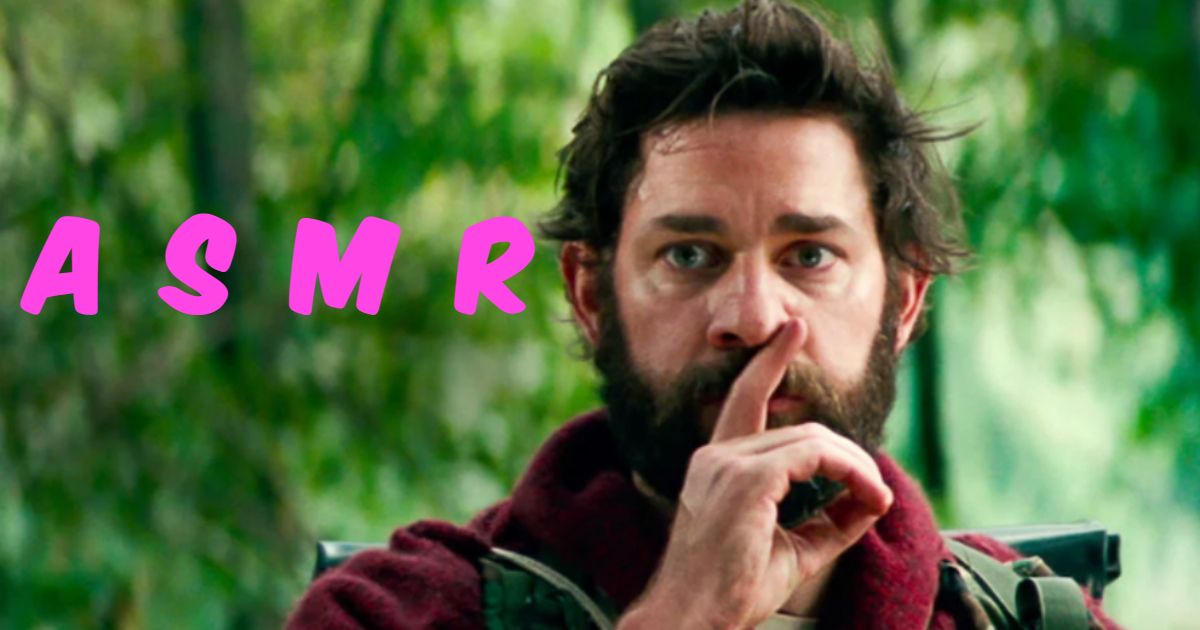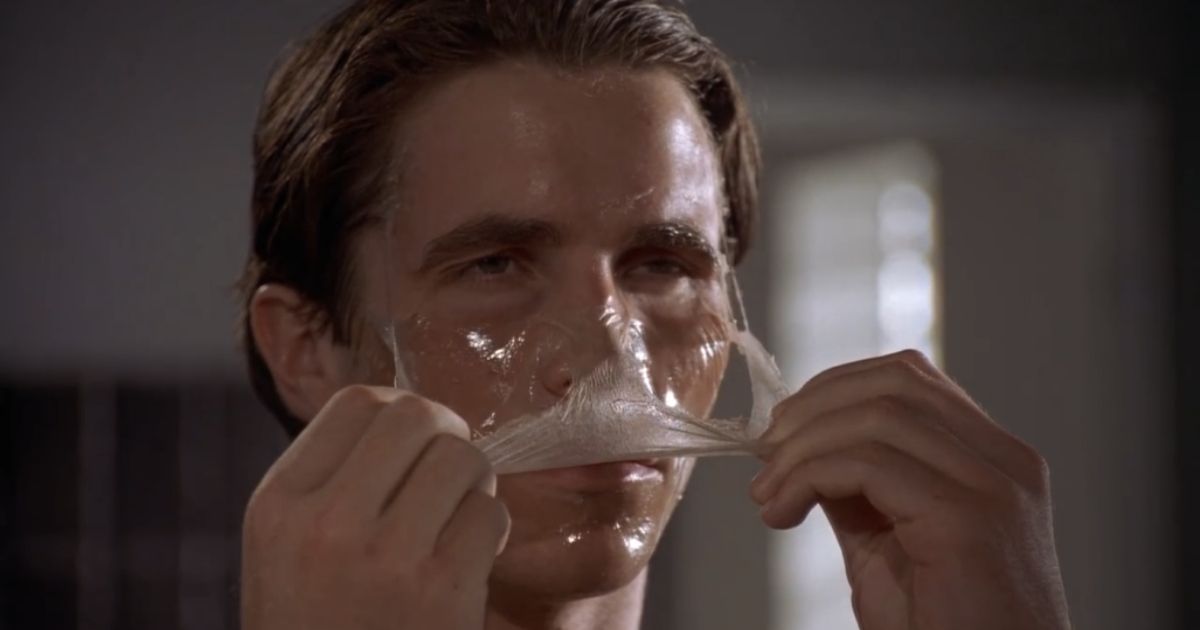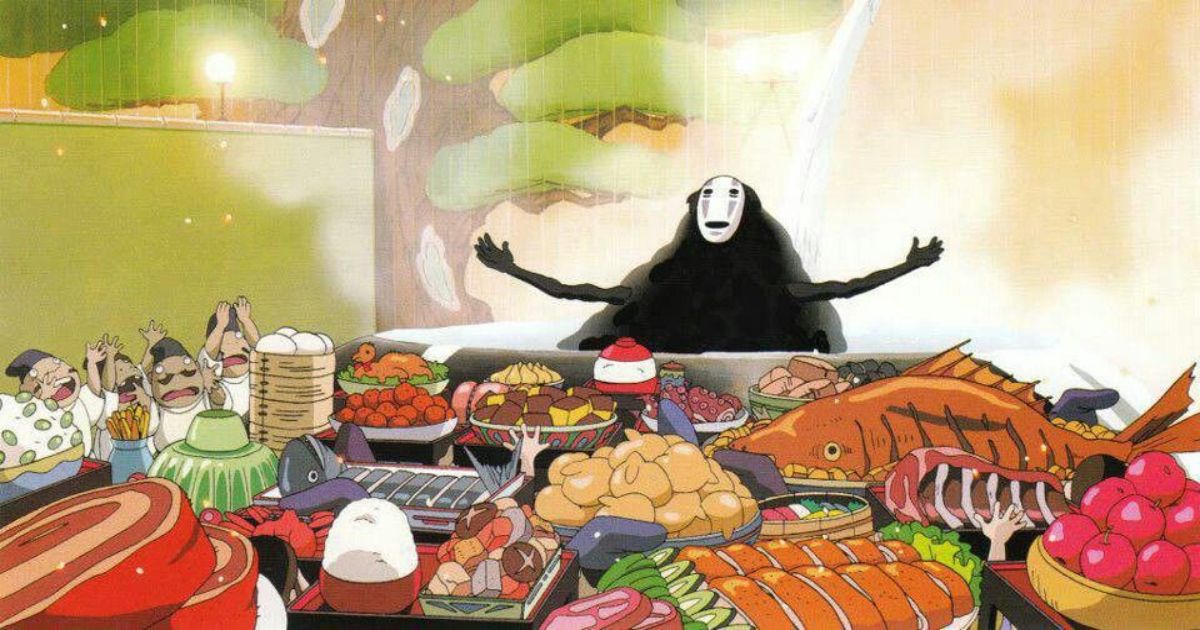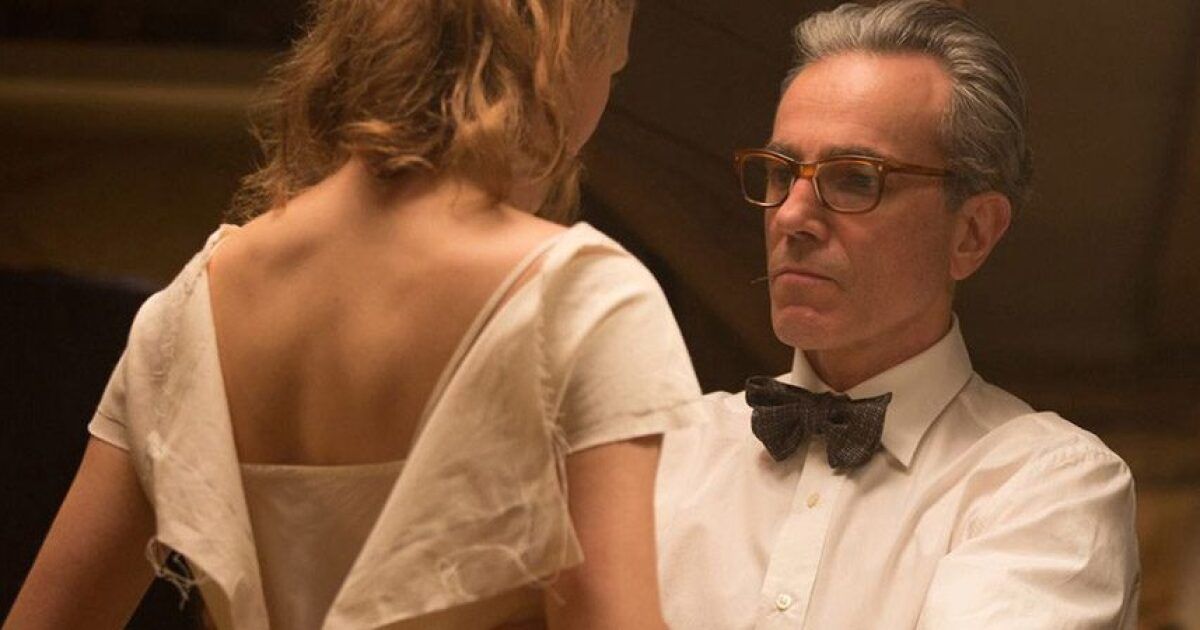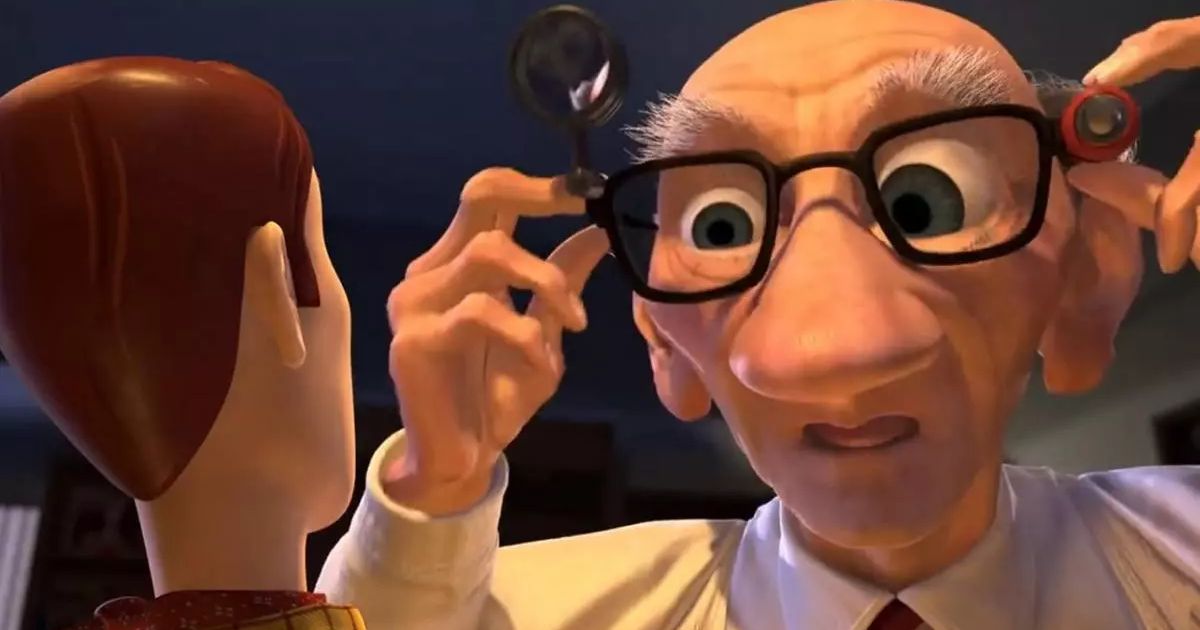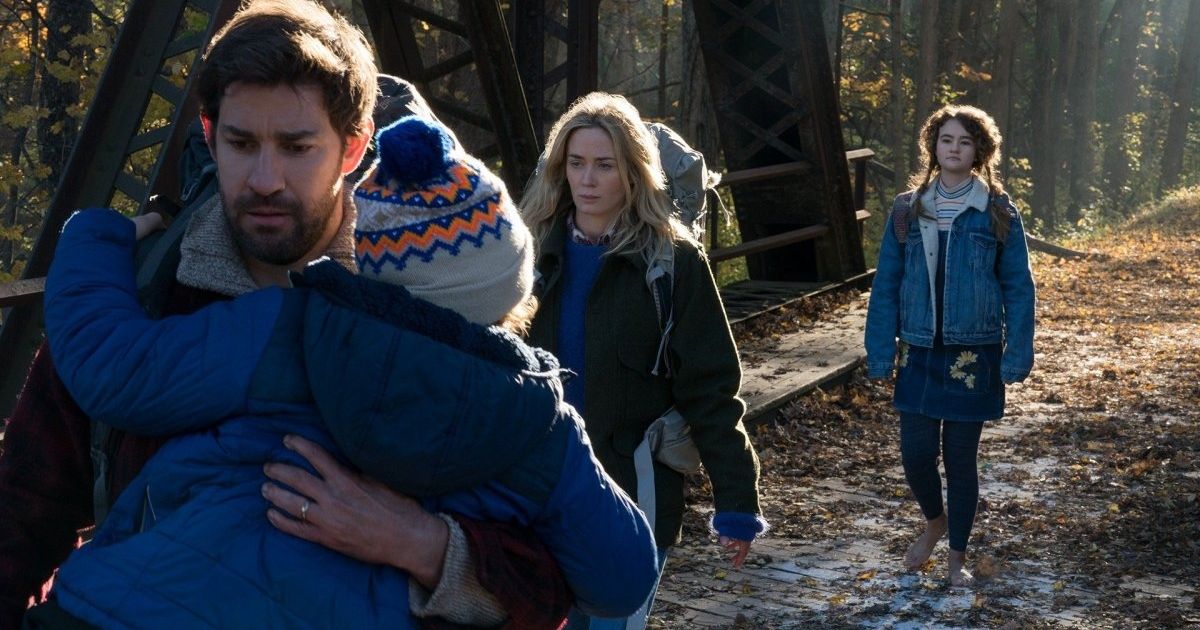ASMR is not everyone's cup of tea, but it tends to pop up more in film than you'd expect it would thanks to the tireless work of foley artists and sound designers. ASMR is a combination of sounds that are very pleasing to the ear for many people. It can be a calming thing for some people or a tingling, euphoric sensation for others, and thus can work well with specific films. ASMR can be used in a couple other ways in film as well. ASMR can be used to create tension either between characters or for the audience, so they can better understand the characters. ASMR is a great use of sound design to create emotion among audience members, whether in a positive or negative way.
The films on this list have all used ASMR to elevate the stories and the films they inhabit, whether consciously or (most likely) not. ASMR can often seem like its own separate entity of videos where people just whisper and do things quietly, but ASMR is much more than that. In fact, the films below use the sound design that makes those YouTube videos so great to elevate their movies and create very immersive scenes and stories.
American Psycho
Now don't click off of this list quite yet. American Psycho is not the first movie you'd expected to see here, but anyone who experiences ASMR will pick up on it in the sound design. The getting-ready scene that Patrick Bateman performs at the beginning of the film is an example of ASMR perfection. Visually and acoustically, the scene is perfect for ASMR lovers, what with its peeling sounds, workout noises, breathing, and so on.
The scene also serves as a great introduction to Bateman as a character, depicting his duality; it gives viewers a false sense of safety with Bateman while also demonstrating to them that something may be a bit off with Bateman. While the film uses '80s music in some iconic ways, the ASMR feel of its sound design in general just heightens all of these emotions for the audience in a way that elevates the film and story as a whole.
Spirited Away
Spirited Away is Studio Ghibli's most well-known and most beloved film. The Studio Ghibli films tend to have an ASMR element to them for a variety of reasons; the foley work is top-notch in these animated films, which are often set in or centered on nature and thus incorporate a lot of natural sounds, along with some great background like the quiet chatter of people.
Specifically in Spirited Away, the food-based scenes in the film really lean into this ASMR style, with the sounds of dishes, cutlery, chewing, and slurping. The sounds utilized make you feel like all of that food is sitting in front of you, too; for viewers who don't experience ASMR, sometimes it's disgusting (as when the main character's parents turn into pigs and scarf down food), and sometimes it's just plain tingly. This is all done through the ASMR sound design, allowing you to feel like you have a seat at the table, and maybe can steal a delicious bite of food too.
Phantom Thread
In a movie where making and tailoring beautiful clothing is the main premise, it's not hard to understand how Phantom Thread includes ASMR. Paul Thomas Anderson's movie specifically includes scenes of tailoring and design that are prime ASMR material. The overall tone of the film is quite loose and relaxing visually, but much of the auditory elements of Phantom Thread are used to build tension for the audience, as the cutting, stitching, zipping, and sewing all contribute to the escalating power dynamic between the two romantic characters.
The ASMR is also used to help depict the mind of the main character, who is extremely sensitive to sound and acoustics. When we hear ASMR sounds that agitate Daniel Day-Lewis' character (clinking, whispering, slurping), we're able to see his state of mind and understand his fragile, frustrated nature even better.
Toy Story 2
The Toy Story franchise is not known for its ASMR and sound design; for all the things people praise about the movies, the acoustic experience of ASMR isn't really on their radar. However, specifically in the second film, Toy Story demonstrates one of the most perfectly pleasing ASMR scenes. The scene in which Woody is being repaired by the older man is true ASMR perfection. The only sounds in the scene are the very light score and the relaxing sounds of Woody's repair, with wood and metal being adjusted in pleasing ways. The score and ASMR build on each other and create the most relaxing film in the franchise and possibly in all of Pixar. Next time you're having trouble falling asleep, maybe turn on this scene from Toy Story 2; it'll probably work better than counting sheep.
A Quiet Place
No film has mastered the art of ASMR like A Quiet Place and its subsequent sequel; there's even a special feature in the Blu-ray edition devoted to ASMR. The entire film is done in almost complete silence without much dialogue, and thus the inclusion of ASMR is a deliberate effect of setting the movie in a world where blind monsters stalk humans, and so everyone has to be extremely quiet.
Thus, the main sounds in the film are the subtle score and the sound effects and foley work, along with the occasional whispers, which all add up to an ASMR experience for some people (and perhaps a tense and suspenseful soundscape for others, as these noises are often used to build tension and make things in the film seem a bit off and unsettling). A Quiet Place is a perfect example of how ASMR can be used in a few different ways to convey different emotions to viewers, depending on who's watching.

